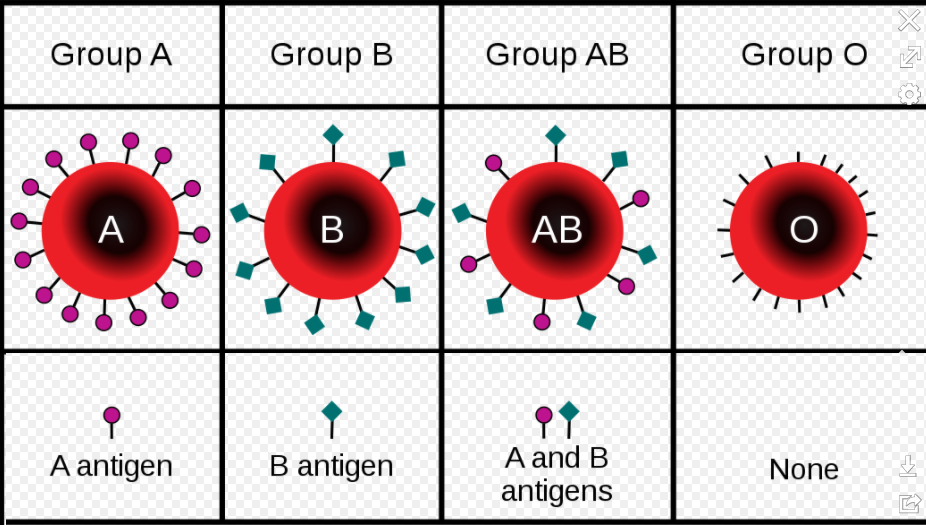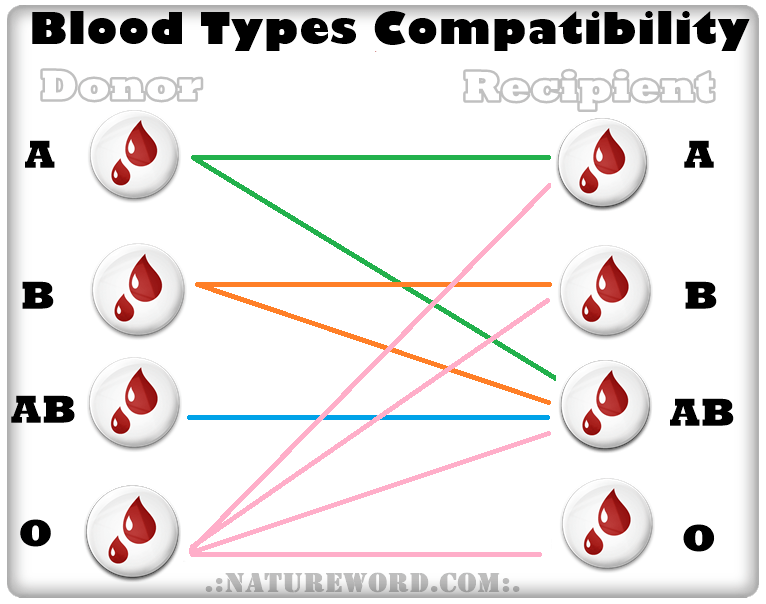Plastic Pollution
With plastics being one of the most used materials for making many goods, it is no wonder that Canadians produce an estimated 3.3 million tonnes of plastic waste per year .Plastic pollution is an issue that has been present in the environmental community for some time now, as the effects of plastic pollution are far-reaching, even affecting tap water around the world, and harming marine wildlife through entanglement around the animal’s body. Some species like sea turtles eat the plastics, and this ends up blocking their digestive tract, resulting in starvation. This issue is not just restricted to turtles, and other animals such as whales also deal with this, as many whales have had large amounts of plastics found in them. The video below by Kurzgesagt goes into the topic of plastic pollution more in-depth if you are interested in learning further about it.
Plastic Eating Bacteria & PET
Scientists had tried to combat this issue with a plastic-eating bacteria, that was initially found at a plastic recycling plant in Japan in 2016, but later on, when experimenting with the bacteria, the enzyme PETase was discovered. This enzyme works around twenty percent faster than the actual bacteria did at degrading PET, a very popular plastic used in many common items such as plastic bottles, and clothing. At the time, however, even PETase was not yet fast enough to be considered for widespread or commercial use.

Plastic Bottle Pollution in Armenia. Image: By UNDP in Europe and Central Asia
A Super Enzyme is Made
Recently, the same scientists who studied the PETase enzyme have made another improvement. In a new study, they show that by simply mixing PETase and MHETase (another enzyme) with one another, great improvements are made in the speed of PET degradation. After actually developing an enzyme from the PETase and MHETase to make a much stronger one, they developed an enzyme with PET breakdown that was three times faster than what they had previously achieved.

A diagram breakdown from the original PETase paper, with PET items being broken down by PETase and then further by MHETase. Source : https://www.pnas.org/content/115/19/E4350
Looking Forward
While the enzyme might still not be strong enough to combat global plastic pollution on a large enough scale, it does show how progress is slowly being made towards a safer and cleaner future. After finding the plastic-eating bacteria, improvements were implemented to create a faster enzyme, and then once again, making it even faster. The incremental gains in knowledge like these are what helps develop new technologies that help propel us further as species by combating issues in unique and innovative ways.
– Mehdi Mesbahnejad



